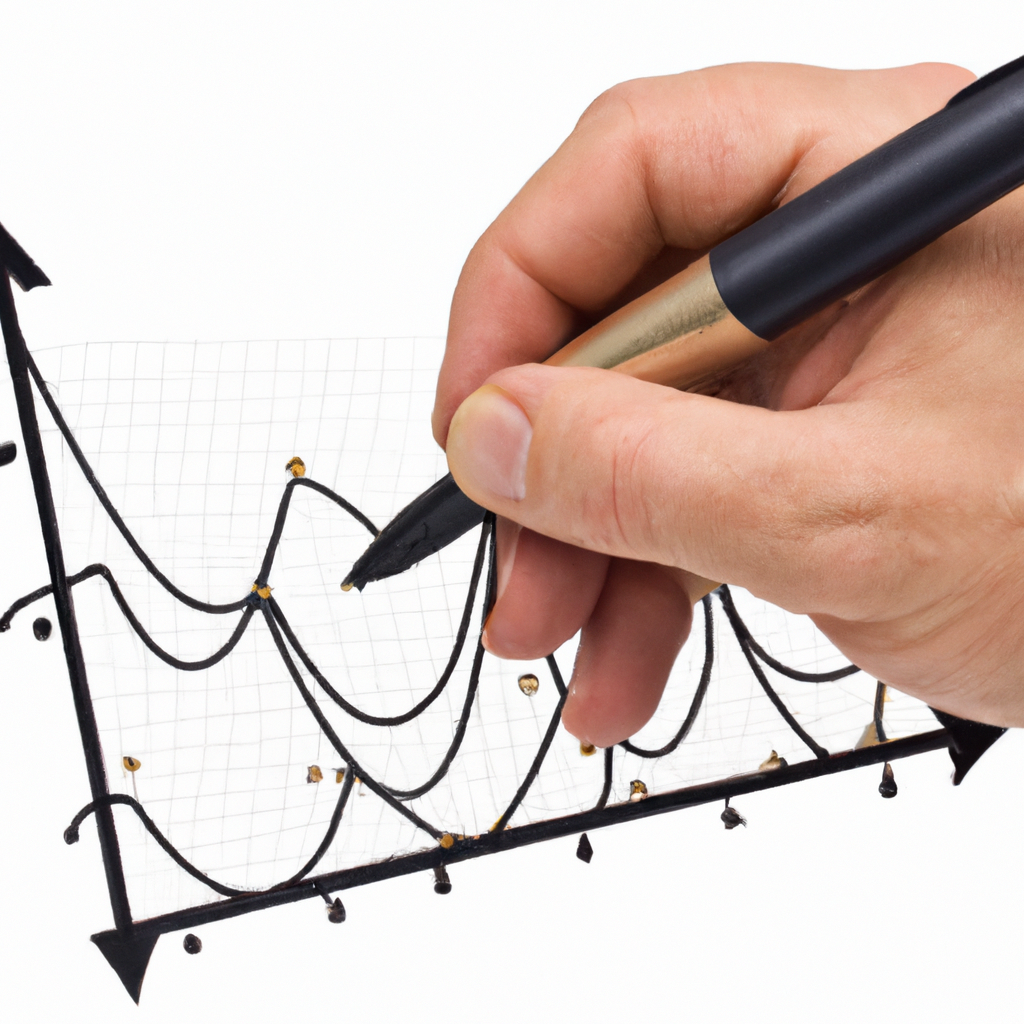
Understanding Dow Theory in Market Forecasting
Dow Theory is a method used by traders and investors to forecast market trends based on the analysis of the stock market. Developed by Charles Dow, the founder of The Wall Street Journal, Dow Theory is considered one of the oldest and most reliable methods of market forecasting. It is based on the premise that the stock market moves in trends and that these trends can be identified and predicted using certain principles.
Key Principles of Dow Theory
- Market Discounts Everything: According to Dow Theory, the market reflects all available information, including economic data, news, and other factors. Therefore, the price of a stock already reflects all known information at any given time.
- Market Trends: Dow Theory identifies three main trends in the market – the primary trend, the secondary trend, and the minor trends. The primary trend is the long-term direction of the market, while the secondary trend is a correction within the primary trend. Minor trends are short-term fluctuations in the market.
- Confirmation: Dow Theory suggests that a trend is confirmed when both the Dow Jones Industrial Average and the Dow Jones Transportation Average move in the same direction. This is known as the Dow Theory confirmation signal.
Using Dow Theory for Market Forecasting
Traders and investors can use Dow Theory to forecast market trends and make informed investment decisions. Here are some steps to follow when using Dow Theory for market forecasting:
- Identify the Primary Trend: Analyze the long-term movement of the stock market to identify the primary trend. Look for higher highs and higher lows in the market to determine the direction of the trend.
- Confirm the Trend: Look for confirmation signals in both the Dow Jones Industrial Average and the Dow Jones Transportation Average. If both indices are moving in the same direction, it confirms the trend.
- Monitor Secondary Trends: Pay attention to corrections within the primary trend, known as secondary trends. These corrections can provide opportunities for buying or selling stocks at a better price.
- Stay Informed: Keep track of economic data, news, and other factors that could impact the market. Dow Theory suggests that the market reflects all available information, so staying informed is crucial for making accurate forecasts.
By following the principles of Dow Theory and using it as a guide for market forecasting, traders and investors can make more informed decisions and potentially improve their investment returns.





